(ECNS) -- The Longgupo Site commenced the fifth stage of excavation on Wednesday in Wushan County, southwest China's Chongqing.
It is anticipated that more ancient human remains, prehistoric biological fossils, and related artifacts will be unearthed.
The excavation covers 30 square meters and will last till November. It is a collaborative effort involving the Three Gorges Museum, Wuhan University, the Institute of Vertebrate Paleontology and Paleoanthropology of the Chinese Academy of Sciences, and the Cultural Relics Management Institute of Wushan County.
During the previous four excavation stages, a total of 116 species of mammal fossils and over 1000 pieces of stone tools were collected, said Huang Wanbo, a 91-year-old researcher at the Institute of Vertebrate Paleontology and Paleoanthropology of the Chinese Academy of Sciences.
He hopes at the site that the fifth excavation will yield new discoveries to enrich the argument about the origin of East Asian humanities in the Three Gorges of the Yangtze River.
The Longgupo Site is one of the earliest and most richly endowed prehistoric cultural sites in the Eurasian continent, with a history of over two million years. In 1985, the excavation unearthed the earliest human fossils in East Asia, earning it the title of the "Cradle of East Asian Humanity."
Additionally, the site has preserved abundant remains of ancient humans, prehistoric organisms, and ancient environmental information dating back 1.8 to 2.48 million years ago, providing insights into the formation history of the Three Gorges region, prehistoric ecology, and environmental changes.








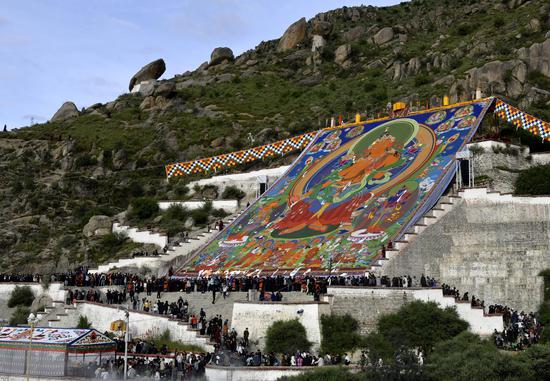

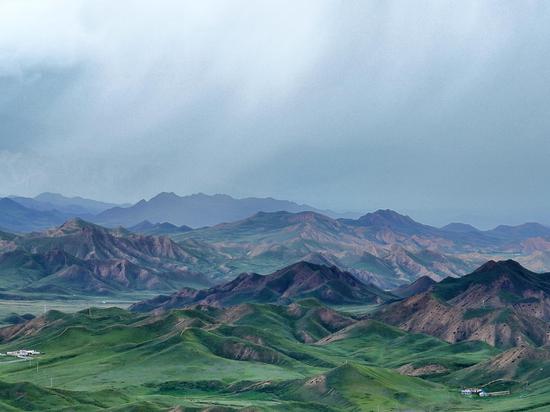
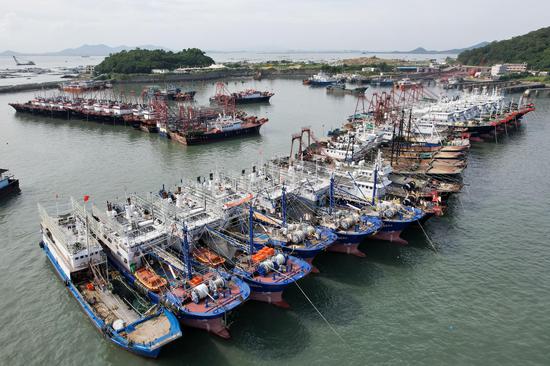
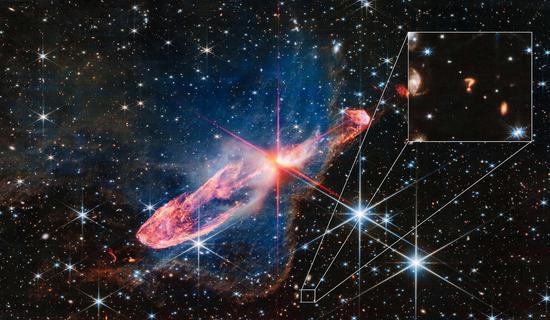
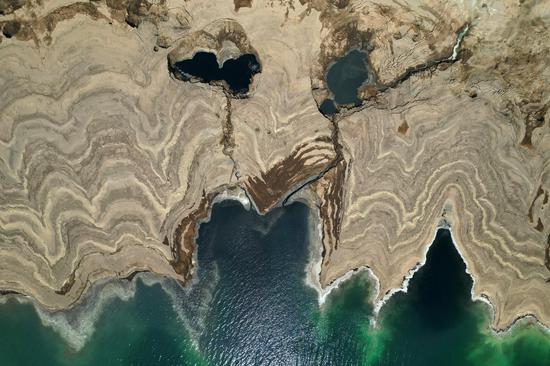



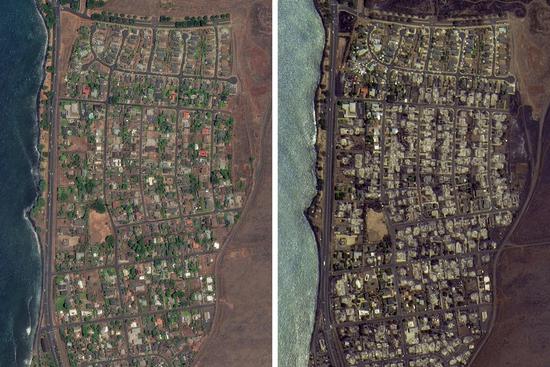
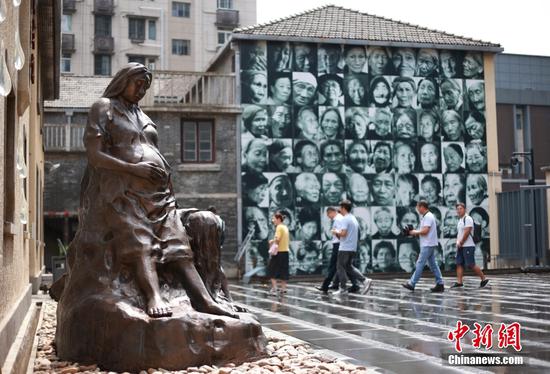


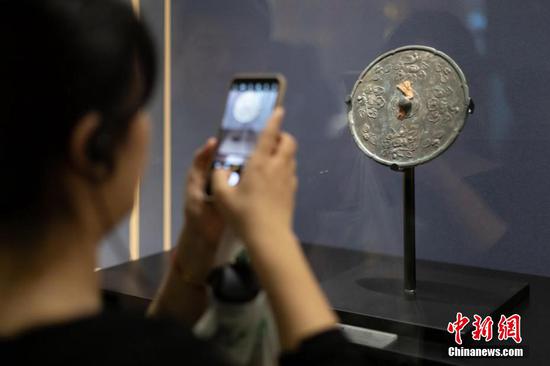
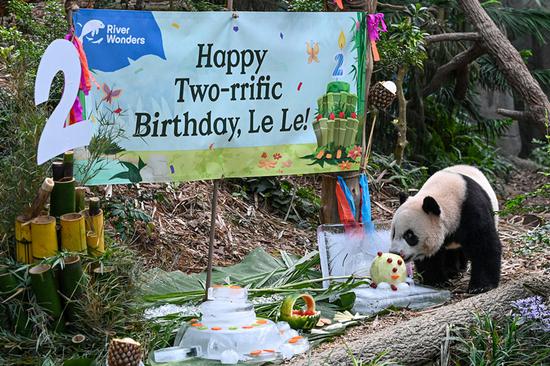
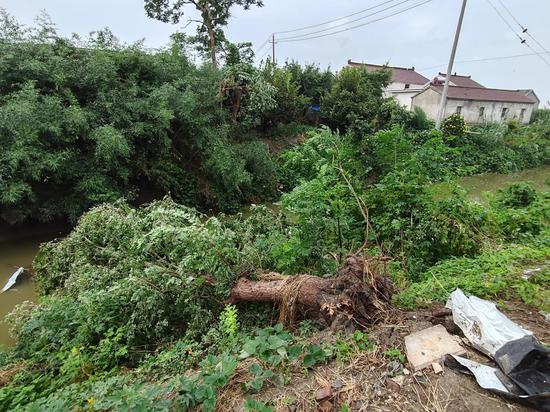
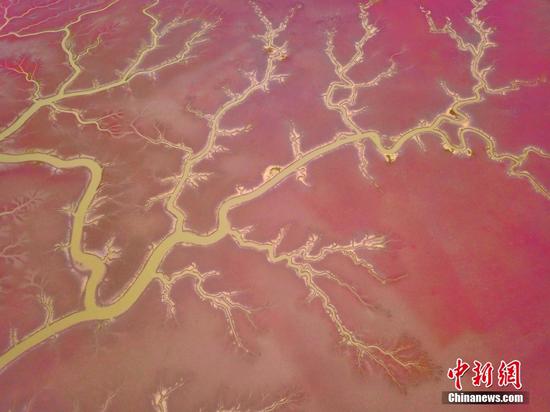
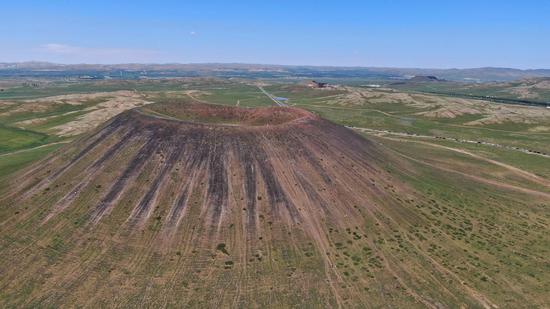
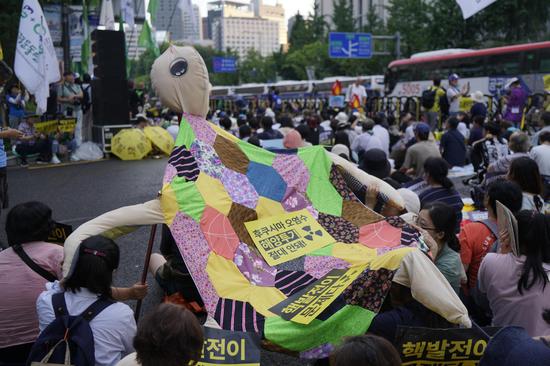
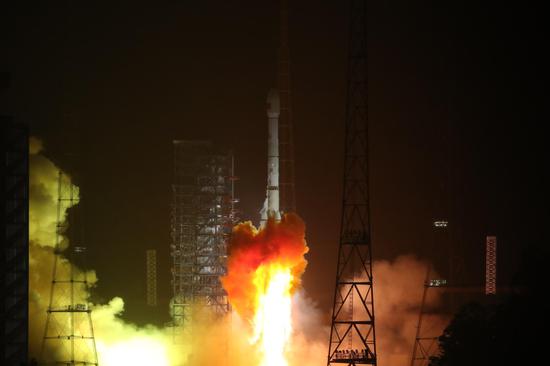





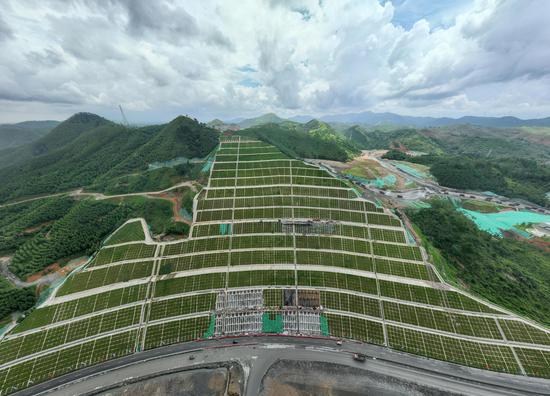
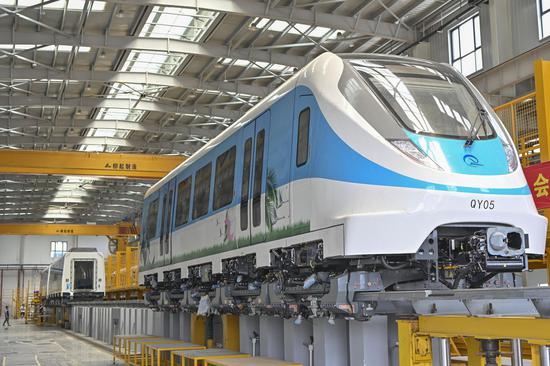
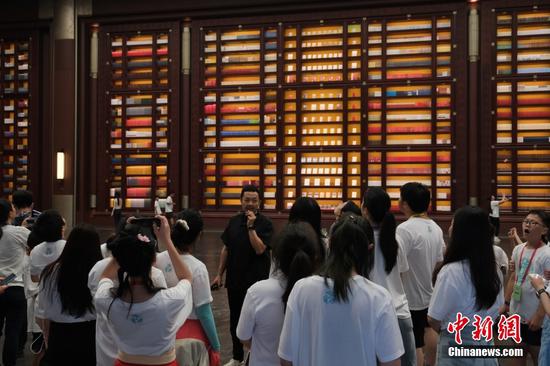

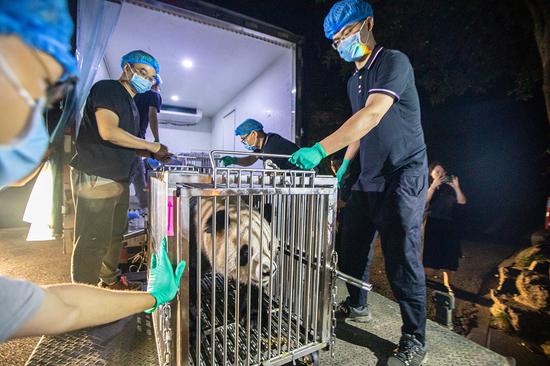
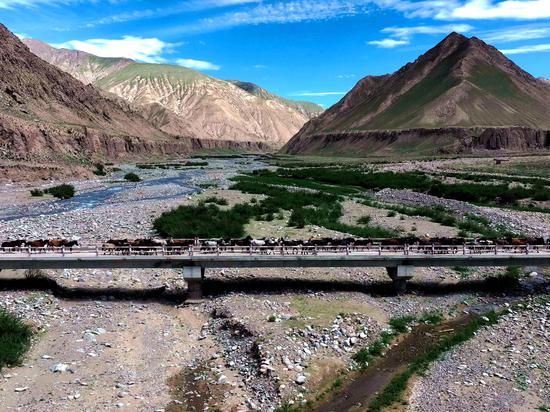

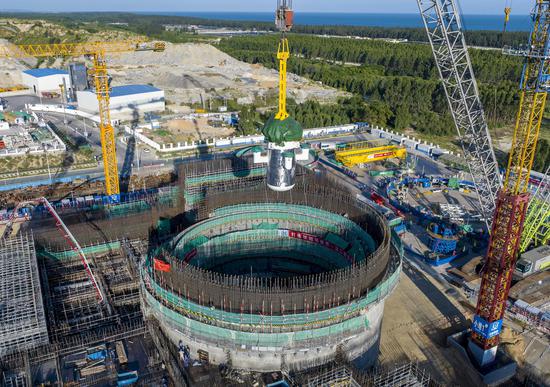

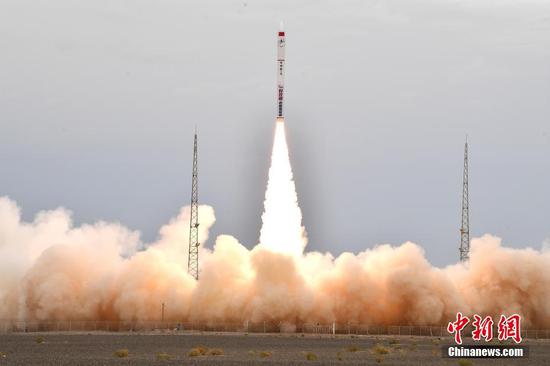

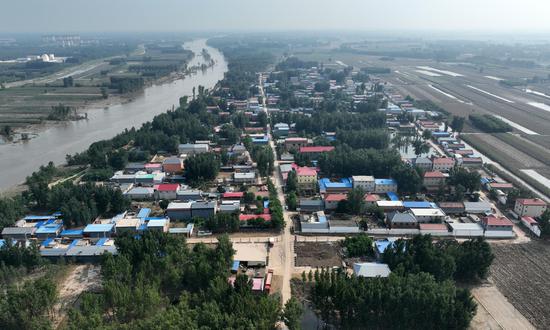



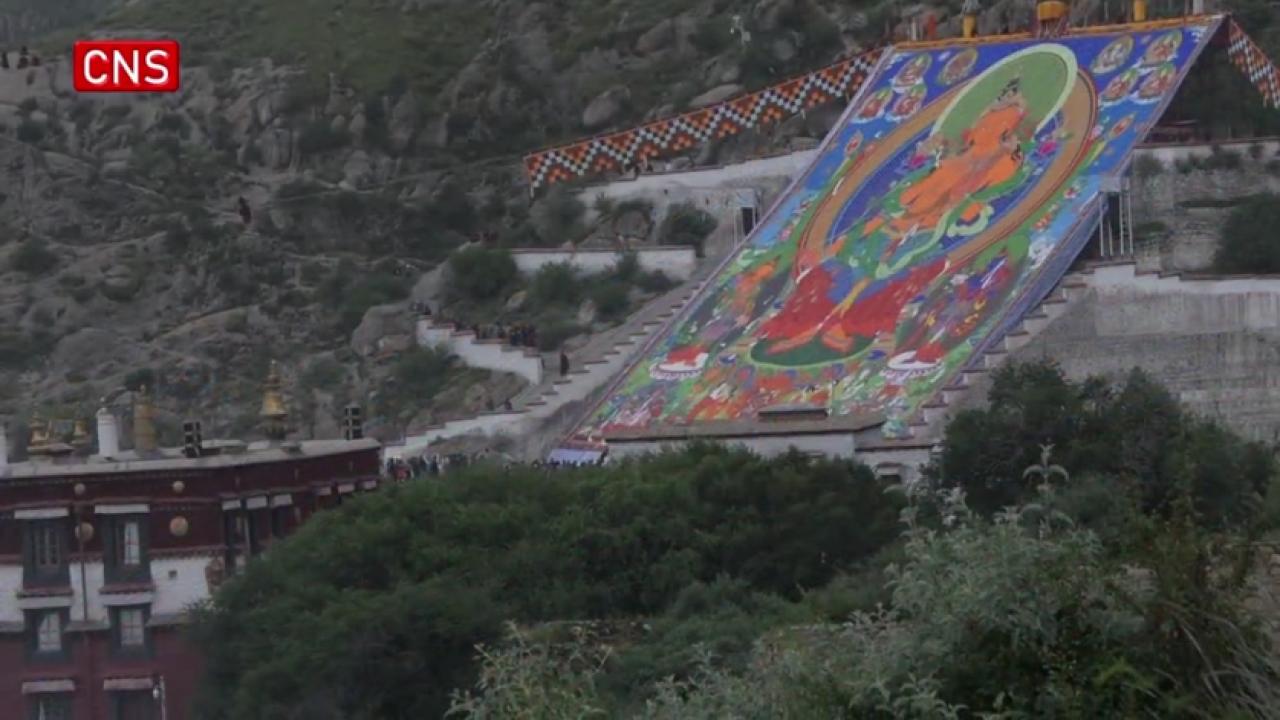

 京公网安备 11010202009201号
京公网安备 11010202009201号